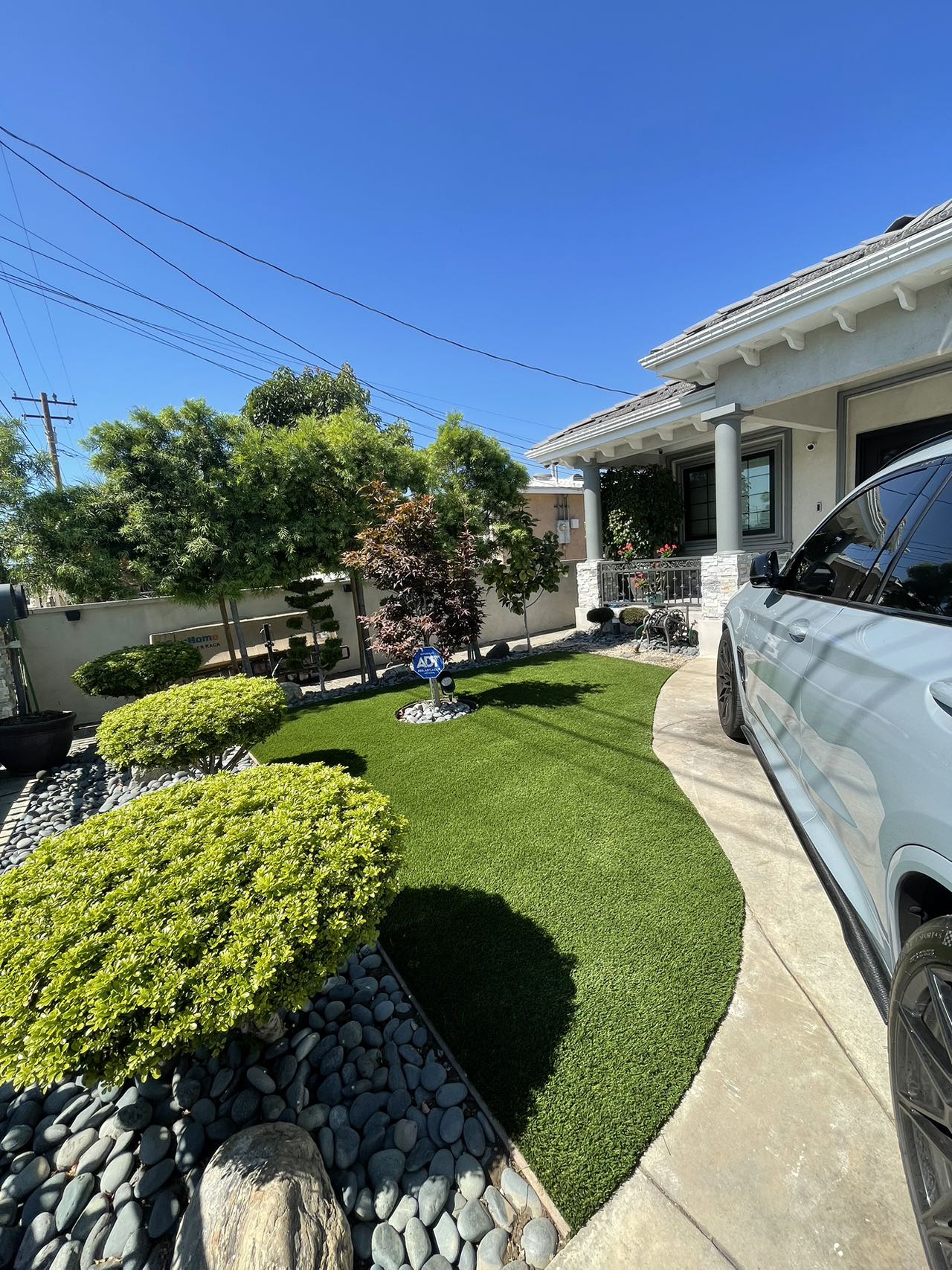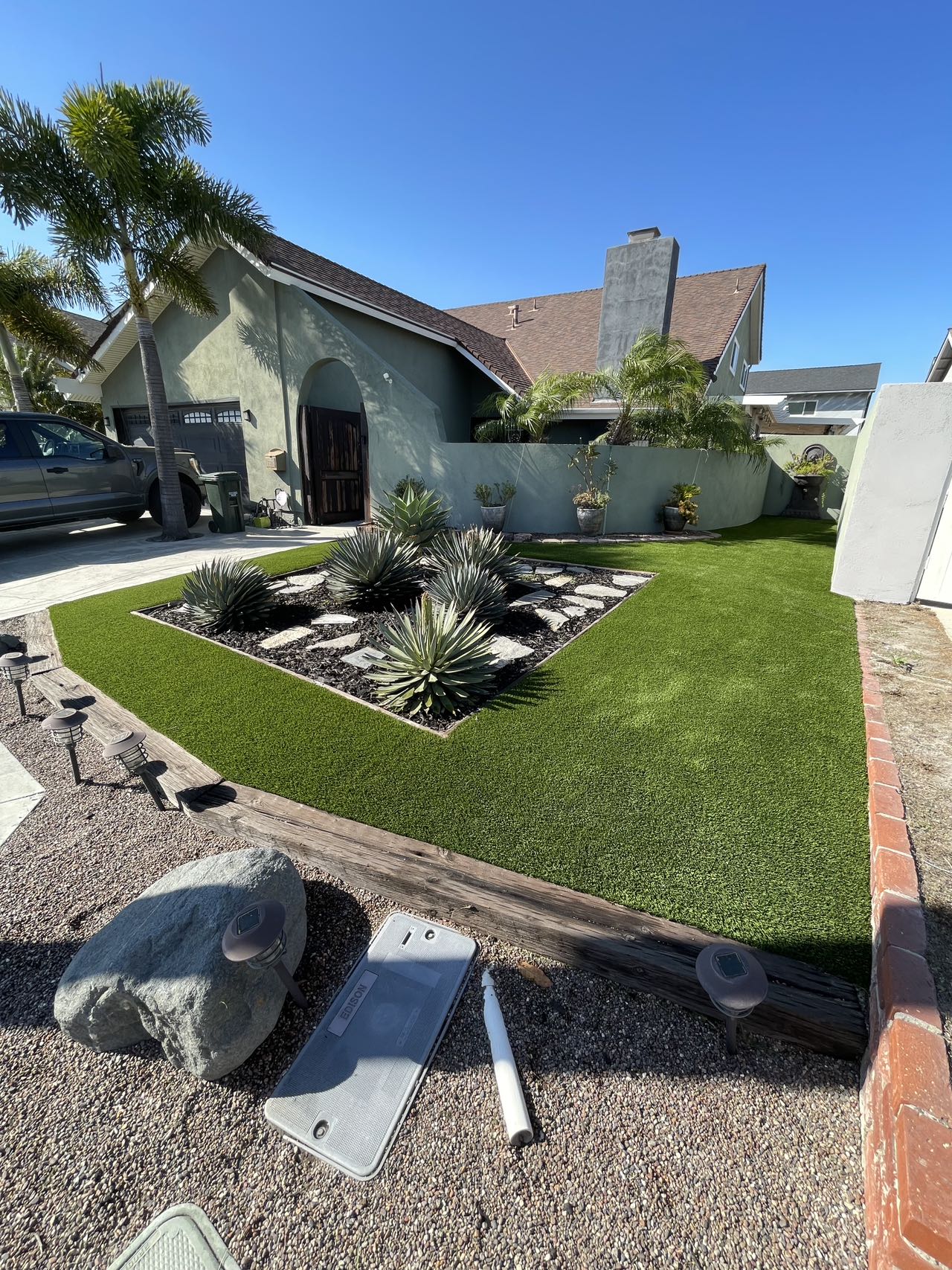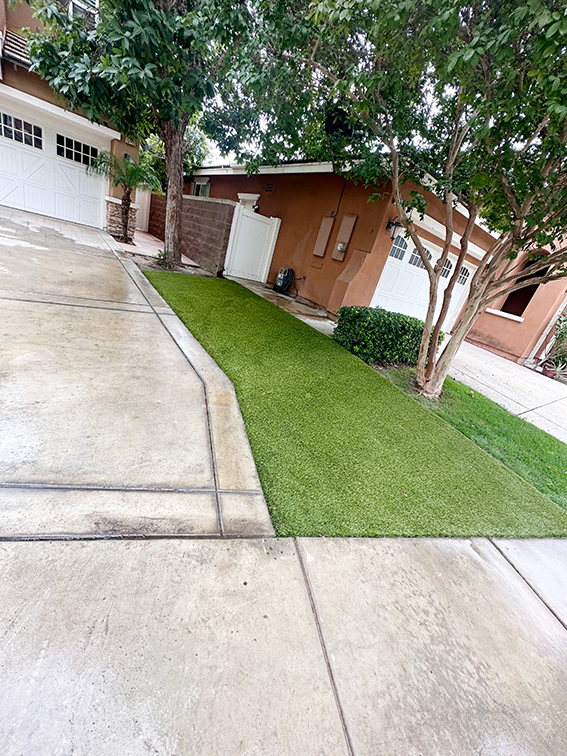My backyard lawn in California is in a dismal state. It resembles more of a mossy, muddy area than a proper lawn. The reasons for this sorry state include having a small yard, limited sunlight due to neighboring trees, and the fact that my kids love playing sports. Despite my best efforts to improve it through various methods such as seeding, aeration, and regular maintenance, it refuses to thrive. At this point, I am considering the option of installing artificial grass from AGSTurf to enhance the space.

Artificial grass offers a consistently vibrant and green appearance year-round, requiring minimal upkeep and eliminating the need for mowing, watering, and dealing with mud. It could even provide a safe and comfortable play area for my kids, allowing them to enjoy their favorite activities. I’ve noticed a growing trend in California, with many homeowners opting for artificial grass to transform their lawns into aesthetically pleasing and low-maintenance spaces.
AGSTurf, among other companies, offers a range of artificial grass options, showcasing their lush and impeccable appearance. They promise a lawn that requires no muddy mess or extensive maintenance, allowing us to bypass the usual hassles associated with natural grass. Moreover, some products even offer an artificial grass cleaner with the delightful fragrance of freshly cut grass.

However, cost is a factor that needs consideration. I recently received a quote for the supply and installation of artificial grass for my 40-square-meter area, and it’s a substantial investment. On the bright side, there’s an option for DIY installation, which could bring down the cost per square meter significantly.
The development of artificial grass since its inception has been remarkable, and it is now widely used not only in sports facilities but also for domestic landscaping. However, concerns have been raised, especially in sports, about potential health and environmental issues associated with the materials used.

Before making a decision, I reached out to fellow homeowners in California who had opted for artificial lawns, seeking their feedback and experiences. Many found it to be a beneficial solution, particularly in keeping their homes clean and providing a versatile play area for children. Nevertheless, there were concerns expressed by some about its environmental impact and the use of non-biodegradable materials.
Environmentalists argue that artificial lawns can disrupt natural habitats, contribute to carbon emissions during production, overheat in the sun, and potentially cause water pollution. The non-recyclable and non-biodegradable nature of the plastic used in artificial lawns poses a long-term environmental threat. Given the importance of preserving natural habitats, it’s a critical consideration.

While artificial grass from AGSTurf and similar providers offers an enticing solution for transforming a lackluster lawn into an appealing, low-maintenance space, it’s essential to weigh the environmental concerns and costs associated with this option. Balancing aesthetics, convenience, and environmental responsibility will be crucial in making an informed decision for my backyard.
Frq
Frequently Asked Questions (FAQs)
It’s common for homeowners to have numerous inquiries about artificial grass. Below are some frequently asked questions about the cost of artificial grass to assist homeowners in finding the most suitable professional for the task.
Q. What’s the most cost-effective way to install artificial grass?
Typically, artificial grass installation involves seaming glue, seaming tape, and nails. This method is the most secure and reliable, albeit the most expensive. A budget-friendly alternative is using nails alone. Although installing artificial grass solely with nails isn’t as secure, especially for areas with heavy foot traffic, it’s a more economical option.
Q. Can dogs urinate and defecate on artificial grass?
Yes, dogs can urinate and defecate on artificial turf, just like they would on a natural lawn. Liquids pass through the artificial grass and into the ground. However, solid waste needs to be removed manually. It’s advisable for dog owners to use a hose to clean any waste residues. Choosing the best artificial grass for dogs depends on factors like material, density, fade resistance, and drainage.
Q. Is the cost of artificial grass justified?
Many homeowners believe that the investment in artificial grass installation is worthwhile. In the long run, it reduces spending on fertilizers, pesticides, water, and maintenance. Artificial grass minimizes issues like puddles, flooding, mud, and air pollution. It also provides a safe environment for children and pets. However, in wet climates with significant drainage problems, the benefits of artificial grass may be diminished.
Q. What should be placed under artificial grass?
To prevent sinking and facilitate proper drainage, a base must be installed beneath the artificial grass. This base can be made of crushed rock, gravel, type 1 stone, or decomposed granite. In mild climates, approximately 3 to 4 inches of base material is needed for adequate drainage.
Q. Can I install artificial grass myself?
It’s not advisable for a homeowner to undertake artificial grass installation unless they possess experience working with the material. Incorrect measurements and installation can lead to issues like improper drainage, mold and mildew growth, and voided warranties. Employing an industry professional ensures correct installation and can provide recommendations on the best type of artificial grass for the home, along with any necessary additional landscaping.
Q. Can I use a pressure washer on artificial grass?
Pressure washing is an effective cleaning method for artificial turf without infill. Generally, a quick hose rinse after raking is sufficient, but for a deeper clean, a pressure washer can be utilized. Homeowners should be aware that most artificial lawns contain infill for a soft feel and wrinkle prevention. Using a pressure washer on lawns with infill can displace or remove the infill. If the artificial grass has no infill, homeowners should use a pressure washer carefully, employing a wide-angle tip and maintaining a safe distance from the grass surface. It’s advisable to spray at an angle, avoiding direct ground-pointing with the tip.
Q. How long can artificial grass withstand usage?
The durability of artificial grass depends on several factors, including material quality, installation quality, and frequency of use. Generally, high-quality artificial grass can last for 10 years or even longer, while frequent use or extreme weather conditions may shorten its lifespan.
Q. Does artificial grass require regular maintenance?
While artificial grass doesn’t need frequent mowing, fertilizing, and watering like natural grass, it still requires regular cleaning and minor maintenance. This includes removing debris from the surface, cleaning stains, and occasional grooming to maintain its appearance and resilience.
Q. Does artificial grass get affected in high temperatures or cold weather?
Artificial grass can maintain its quality in various weather conditions, including high temperatures and cold weather. They are typically designed to withstand different climates and have UV stability to resist sun exposure.
Q. Does artificial grass offer environmental benefits?
Artificial grass is generally considered environmentally friendly as it reduces the need for water (no irrigation required), decreases the use of chemical fertilizers and pesticides, and lowers carbon emissions (due to reduced use of mowers and other equipment).
Tags
artificial turf backyard cost artificial grass for backyard artificial turf for backyard artificial grass backyard ideas artificial grass backyard artificial grass for backyard artificial grass in backyard artificial turf backyard backyard artificial grass and pavers backyard artificial grass artificial grass backyard artificial turf for backyard cost

Leave a Reply